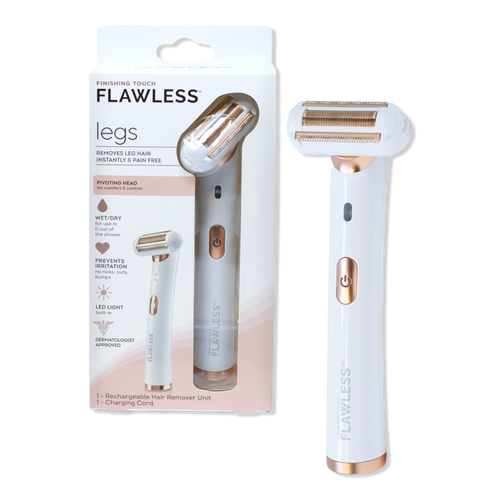Waxing vs. Shaving: Your Complete Guide
Everything you need to know about the popular hair removal methods.
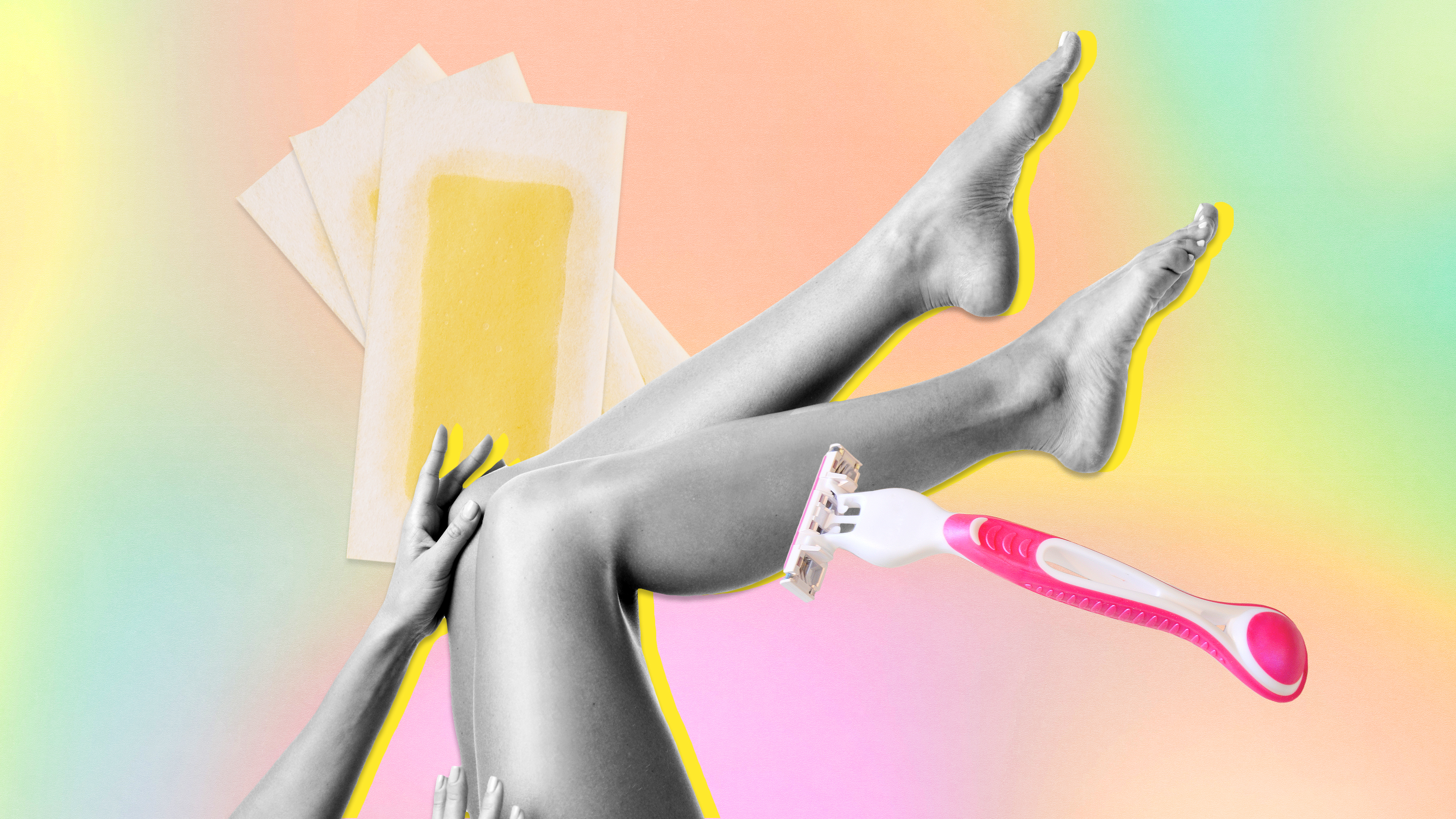

While some hair removal products—like at-home laser hair removal devices and epilators—require a learning curve and an expensive new tool, getting rid of body hair doesn't have to be costly or time-consuming. Waxing and shaving are easy and relatively cheap ways to remove the hair on your body.
But what's the difference between waxing and shaving? Candidly, a lot. The two techniques vary on prep, hair removal technique, and how long they can keep your legs, bikini line, or arms hair-free. Not to mention, you know, pain.
To learn more about the benefits and drawbacks of waxing vs. shaving, we turned to board-certified dermatologists Karan Lal, MD FAAD, Joshua Zeichner, MD FAAD, Kenneth Howe, MD FAAD, and Anar Mikailov, MD FAAD.
Ahead, the experts break down everything you need to know about waxing vs. shaving so you can make the best choice for your personal hair removal routine.
Waxing vs. Shaving: What's the Difference?
Honestly, waxing and shaving would probably tie in a popularity contest—the best method is mostly a matter of personal preference.
However, how each method actually removes hair is incredibly different. With waxing, a specialist will apply a layer of warm or cold wax to your skin to adhere to the hair. Right as it grips the skin, you or your technician quickly yank the wax and tug the hair out from the root. You’ll probably be hair-free for three to six weeks after a wax and will find your hair growing back finer and softer over time.
Meanwhile, shaving utilizes a manual or electric razor with sharp blades to cut your hair at the skin’s surface. While it’s quick, painless, and wildly convenient (find a razor at any drugstore or hotel front desk), your results will only last one to three days, and it might feel like your hair grows back coarser due to the blunt angle at which it was cut.
Get exclusive access to fashion and beauty trends, hot-off-the-press celebrity news, and more.
Waxing vs. Shaving: How It Works
“Shaving removes hair at an angle on the surface of your skin,” says Dr. Lal. The closer the shave, the shorter your hair is being trimmed. Shaper, newer razors are the most hygienic way to do this and will provide the smoothest results.
Waxing removes hair by pulling each strand out from the follicle. You can use large or small wax strips (here are the best waxing kits) for your desired level of precision.
Keep reading for a deep dive into both methods.
Shaving
Shaving is maybe the most common at-home hair removal technique. You can find everything you need to get going—including the best razors, bikini trimmers, and shaving creams—at your local drugstore. And, if you’re just looking to learn how to shave your legs or how to shave your bikini line, check out our guides.
Benefits of Shaving
Aside from the accessibility of razors, one of the biggest benefits of shaving is that almost anyone can do it. "Compared to waxing, there is no training or education required to shave properly," says Dr. Mikailov. "The key is to use sharp, fresh razor blades and keep the area moisturized afterward."
Types of Razors for Shaving
While you may already have a classic razor in your arsenal, there are several other types that you can add to your rotation, like electric razors or safety razors. “Electric razors are very safe,” says Dr. Lal. “They rely on protected oscillating blades, which can be used anywhere.”
If you’ve been seeing the term “safety razors” all over the internet lately, here’s a quick breakdown: "Safety razors are single-blade razors,” he says. “They are more powerful as one blade does the job of a multi-blade razor.” However, he notes, “It is way easier to nick yourself” with a safety razor.
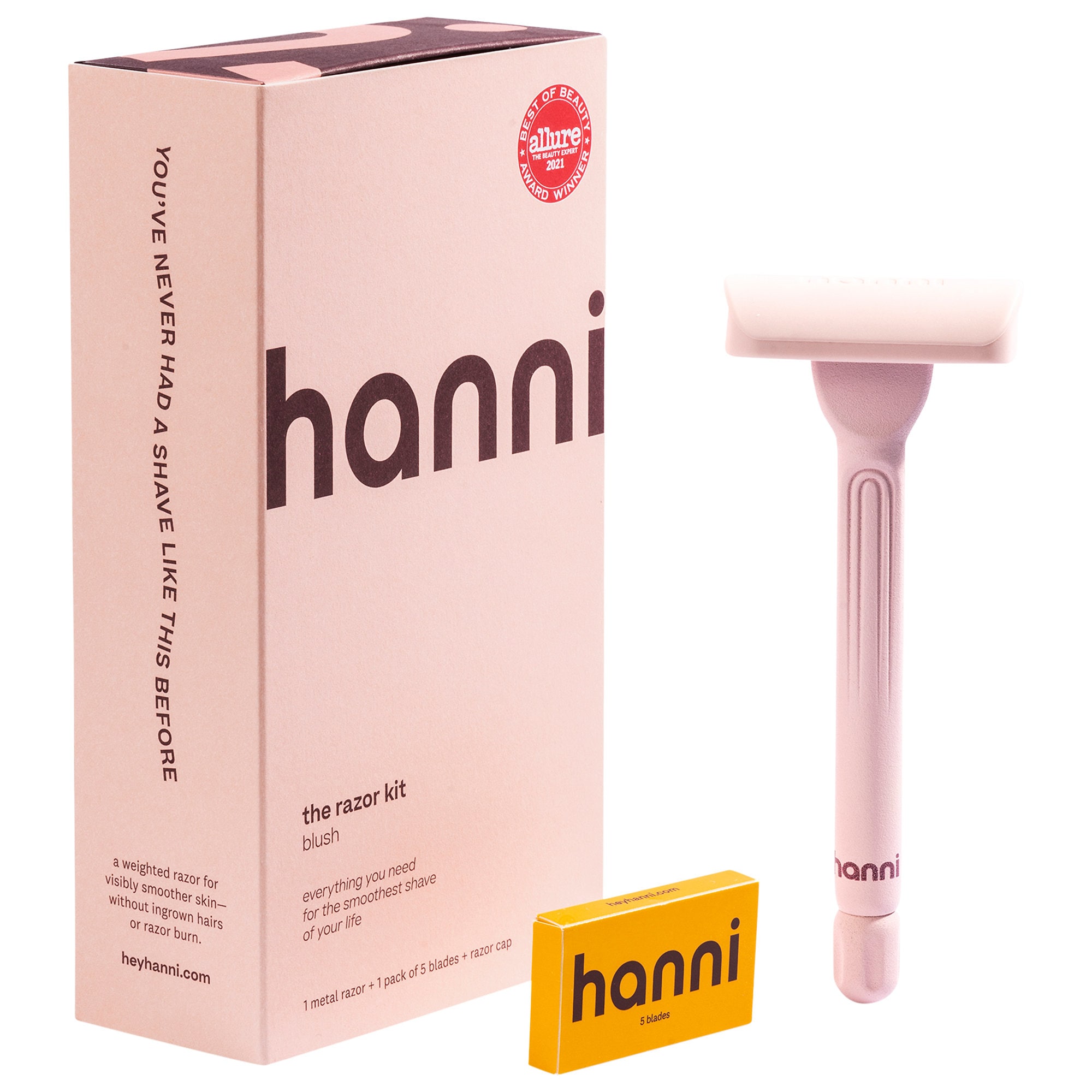
Pros
- Hanni's razor kit includes a safety razor and replacement blades.
- The razor is weighted, meaning you can apply less pressure while shaving.
Cons
- It can be a bit easier to cut yourself with safety razors, as you may find yourself going over one area multiple times to get the smoothest finish.
- Switching out the blades of safety razors may feel like a hassle to some people.
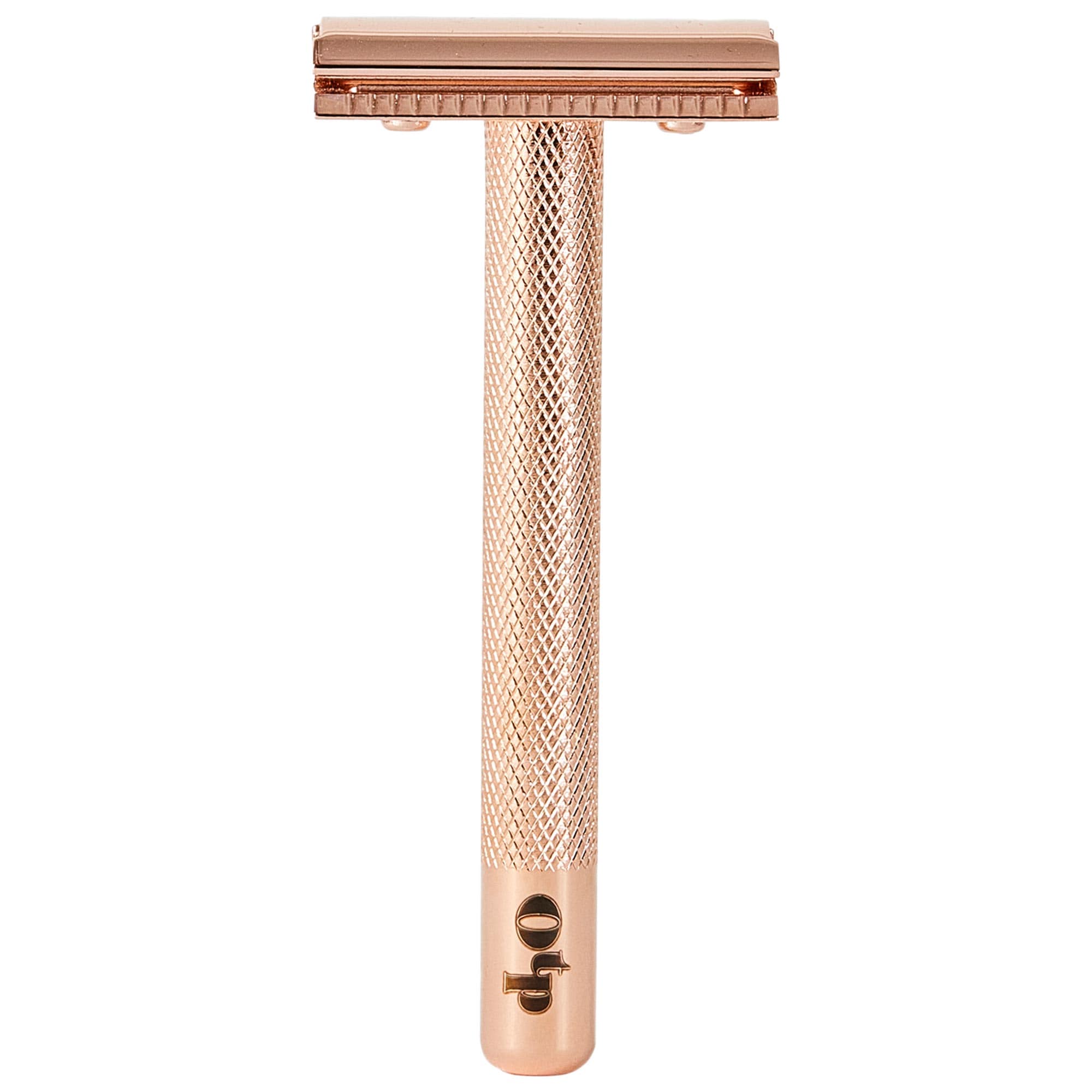
Pros
- Oui the People's safety razor comes with one razor and 10 replacement blades.
- It's another great option to reduce the amount of disposable razors that is thrown away on a regular basis.
Cons
- Reusing the same razor means you have to be careful when storing it. Continually exposing this razor to water can increase the chance of it rusting.
- Replacing the blade can feel finicky to some people.
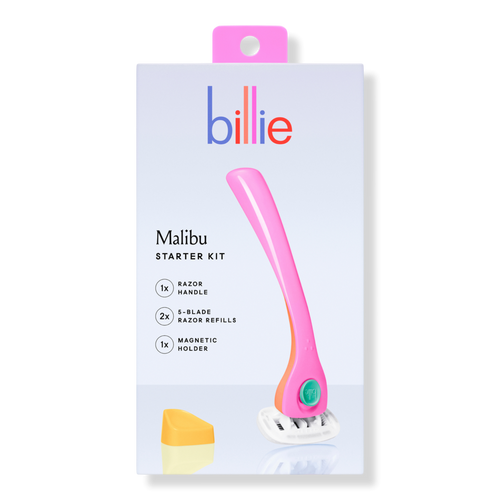
Pros
- The Billie razor kit includes a razor handle, five blade refills, and a magnetic holder for easy reach in the shower.
- The kit is extremely affordable and easily accessible at most drugstores.
Cons
- The lightweight feel of this razor may take some getting used to. You may find yourself pressing the blade a little too close to the skin when first using this kit.
- Though the blades of this razor are encased in aloe shave soap, this may increase how often you have to replace each head.
Length of Hair Necessary for Shaving
Shaving will remove any length of hair, from stubble to hair that hasn’t been touched in a while. Electric razors may be better at trimming down hair before using a manual razor.
Areas of the Body You Can Shave
While you can shave practically anywhere on your body, there are a few areas where shaving is preferable to waxing. For instance, it's better to shave your face at home than use wax strips because shaving causes less irritation. Both shaving and dermaplaning lightly exfoliate the skin, so it’s important to hydrate your skin immediately following shaving.
Preparation for Shaving
When you shave is just as important as how you shave. Consider this a formal service announcement to never dry shave, which can cause more irritation and will put you at higher risk for cutting yourself as you go. Instead, Dr. Zeichner recommends “shaving at the end of your shower, or after your shower, when the hair and the skin is softened from the water."
He also recommends using a shave gel or shaving cream to act as a barrier between the skin and the blade. This will help you avoid cutting yourself as you go. One more dermatologist-approved shaving tip courtesy of Dr. Zeichner: “Try not to tap the blades against the sink as this can disrupt the polymers that caught the blades themselves."

Pros
- The EOS shave cream is made of shea oil and butter, resulting in moisturized skin post-shave.
- This product can also act as a leave-on lotion once you leave the shower.
Cons
- This formula is on the thicker side — it can clog your razor and prolong the shaving process.
- Because of the thicker formula, you may have to go over one area multiple times, increasing the risk of razor burn.

Pros
- Maude's shave oil is a wonderful option to prepare dry skin for shaving.
- The formula includes three different oils for lasting moisture post-shower.
Cons
- Depending on the razor you use, this oil can cause clogging and easily deteriorate your razor heads.
- The dropper packaging might be hard to maneuver in the shower.
Aftercare for Shaving
Hydration is key after shaving. Make sure to follow up shaving anywhere on your body with a rich body lotion to keep skin looking and feeling its best immediately after you dry off your skin. Choosing one that's fragrance-free or designed for sensitive skin is a great idea, too. "I recommend easy-to-spread lotions, like Vaseline Intensive Care Advanced Repair Lotion,” says Dr. Zeichner. “It delivers triple purified petrolatum to form a breathable seal over the skin in a non-greasy formula that easily covers large surface areas of skin.”

Both waxing and shaving can afford you silky smooth legs a la Daisy Edgar-Jones.
Waxing
Want those hairs completely gone? Waxing it is. And, if you're short on time, you don't even have to go to a spa. At-home waxing kits are safe so long as you follow proper instructions.
Benefits of Waxing
One of the biggest benefits of waxing is avoiding razor irritation, as this hair removal method requires completely different tools. In this case, the hair is pulled out from the root, which can also create longer-lasting results and smoother feel.
Types of Wax Kits
While you should go to a professional for some of your waxing needs (looking at you, bikini waxes), there are many great waxing kits that you can use at home. These include wax strips for your face and body and options that you can heat up on your own. Wax strips that don’t require heating up are the safest and easiest option to do at home.
If you're looking for a process that uses hot wax, consider booking an appointment with a salon professional.
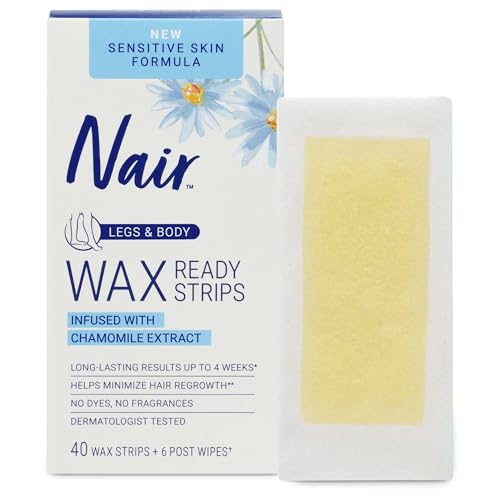
Pros
- Wax strips are convenient to carry with you for hair removal on the go.
- This set comes with post-wax strips to soothe irritation after hair removal.
Cons
- This wax strip may not remove all the hair in one go, so it's better to use this as a touch-up in between more intense waxing.
- This strip may leave behind a bit of residue.
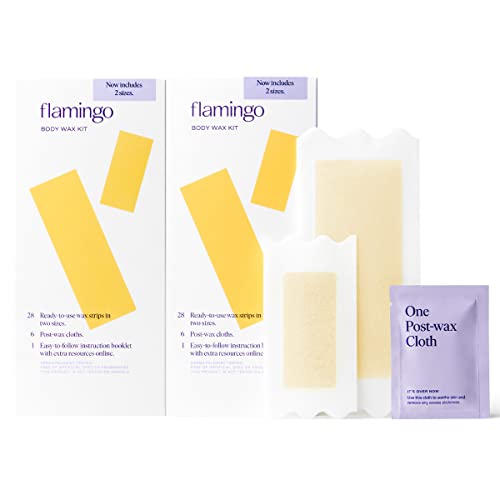
Pros
- Flamingo's wax kit uses a gel wax that allows adhesion to smaller hairs.
- The kit comes with post-wax cloths to remove residue and soothe irritation.
Cons
- Be careful when storing this product. The wax can melt if stored improperly.
- If you have more coarse hair, you may have to go over the area multiple times.

Pros
- The Wakse Face and Body Kit comes with hard wax beads, wooden applicators, and a melting pot.
- The beads change color when heated, allowing users to know when their wax is ready to use.
Cons
- Some may find having to heat the wax beads a tedious task that prolongs waxing.
- You will have to wait for the wax to properly harden on the skin before removing the hair, which again prolongs the process.

Pros
- The Gigi At Home Beginner Waxing Starter Kit comes with the warmer, wax, applicators, strips, and powder — everything you'd need for an at-home wax.
- This wax can be used all over the body.
Cons
- The wax pot can get messy over time with repeated use.
- Make sure that the temperature of this wax is just right. If it's too hot it can burn you, if it's not hot enough it can drag and irritate the hairs rather than remove them.
Preparation for Waxing
As with shaving, there are steps you should take before you start waxing. “I generally recommend exfoliating the area to be waxed before the treatment to remove any dead cells that build up on the skin's surface,” says Dr. Zeichner. Finally, always read the instructions on the product you’re using carefully.
Length of Hair Needed for Waxing
Unlike shaving, hair must be a particular length for waxing to be effective. Dr. Howe previously told Marie Claire that “this sweet spot is six millimeters, or about the length of a grain of rice.” Dr. Howe says that the wax fails to grab the hair if the hair is shorter than that. If the hair is longer than that, "the hair shafts often break instead of being pulled out at the root."
What Areas of the Body Can Be Waxed?
While shaving might be great for your face or legs, waxing is better for other areas on the skin that require more precision or are more prone to razor burn or nicks. Think hard-to-reach places: “The private areas and skin folds—armpits, bikini, buttock—are best for waxing,” says Dr. Lal.
Aftercare for Waxing
Similar to shaving, hydration is the most important thing after removing your body hair. Following up with a rich body cream or body oil can soothe the area. Again, look for one that's unscented or that's designed to be extra calming.
Waxing vs. Shaving: Risks
“The biggest side effects of shaving are cuts or nicks in the skin, as well as razor burn,” says Dr. Zeichner, who defines the latter as “a condition where the skin becomes irritated and inflamed, because of the blade causing trauma to the outer skin layer.” However, shaving, when done properly, is painless.
Waxing, on the other hand, isn't the most pleasant experience; waxing generally hurts more than shaving does. Dr. Zeichner says waxing “can lead to skin irritation from the wax strip against the skin, especially if you’re using hot wax.” While issues like mild infections in the hair follicles (folliculitis) and ingrown hairs can occur with any hair removal technique, Dr. Zeichner says they're more common with waxing.
“When waxing, the new edge of a hair needs to clear the outer skin layer. Because of this, there is a higher likelihood that this does not happen properly and you develop an ingrown,” he explains. "Waxing can also lead to swelling and redness, especially if the wax is not performed properly," adds Dr. Mikailov.
Waxing vs. Shaving: How Long It Lasts
Waxing requires you to pull out the hair from the follicle, so it will take longer for that hair to grow back. Dr. Lal says that results can last “up to three weeks.” However, take into account that you’ll have to wait longer once the hair grows back—until it reaches that ideal grain-of-rice length—before waxing again.
Shaving trims down the hair rather than removing it from the follicle. Thus, the hair will take less time to grow back and become visible again. Dr. Lal says that shaving results generally last “three to five days.” (But we've all felt the sadness of seeing a little stubble the day after an everything shower, right?)
Main Takeaways
In short, deciding on waxing versus shaving as your preferred hair removal method is an entirely personal choice. Still, it is important to pay attention to how your skin reacts to each technique.
If you constantly suffer from razor irritation, waxing, or another, more intensive hair removal method like a laser may be for you. On the other hand, if you have extremely sensitive skin (or a low pain tolerance), the usability and accessibility of razors may fit perfectly into your routine.
There's no wrong answer to the question, but recognize when and how each routine fits your lifestyle.
Meet The Dermatologists

Originally from New York City, he grew up in Queens and attended Hunter Science High School in Manhattan. He graduated summa cum laude from the New York Institute of Technology, where he completed a rigorous seven-year accelerated combined medical program. He was selected to be an academic medical scholar, during which he received a Master of Science in neuroscience and a scholarship for three years of medical school and graduate training. He was elected to the Sigma Sigma Phi and Psi Sigma Alpha medical honor societies. He completed his internal medicine internship at the University of Connecticut Medical Center where he was elected intern of the year. He completed a three-year dermatology residency at the University of Massachusetts, where he was elected chief resident. Dr. Lal specializes in pediatric and adult dermatology, laser surgery, soft tissue filler augmentation, body sculpting, melanocyte keratinocyte transplant surgery for vitiligo and hypopigmentation, pigmentary abnormalities of the skin and enjoys treating patients from birth onwards.
He is an expert in atopic dermatitis, vitiligo, melasma, psoriasis, and hidradenitis and has worked in specialty clinics among experts.
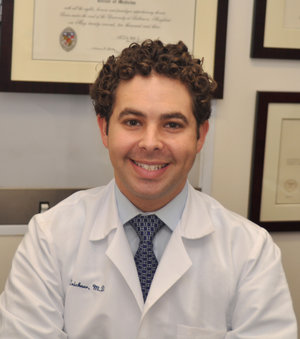
As the Director of Cosmetic and Clinical Research at Mount Sinai Hospital's Department of Dermatology, Dr. Zeichner has a broad interest in medical and cosmetic dermatology as well as clinical research. His specialty is the treatment of acne, as well as the cosmetic rejuvenation of the aging face. Dr. Zeichner treats general skin conditions, including eczema, rosacea, psoriasis, and skin cancer. In addition, he is well-versed in the use of Botox and dermal fillers, as well as lasers and chemical peels.

As a cosmetic dermatologist, Dr. Howe is known for his light touch. He believes that smaller, earlier interventions allow patients to maintain a youthful appearance while at the same time preventing or slowing further aging. Calm and reassuring in manner, Dr. Howe is an expert in guiding patients through the variety of available options, from the simplest topical agents to cutting edge procedures. He values maintaining an open dialogue between doctor and patient throughout this process.

Dr. Mikailov is a Harvard-trained dermatologist with an expertise in high-risk skin cancer and medical dermatology. He is the author of the world-famous Fitzpatrick’s Color Atlas and Synopsis of Clinical Dermatology 9th edition, the best-selling dermatology textbook. He is dual-boarded in both Internal Medicine and Dermatology.
Recognized as a leader in consultative hospital dermatology, Dr. Mikailov has published extensively and presented internationally. He practices medical and consultative dermatology full-time in Rochester, NY.

Ariel Baker is the Beauty Writer at Marie Claire. Previously the associate beauty editor at PS and briefly freelance, she has bylines in InStyle, Forbes Vetted, Women's Health, and more.
Since she started out in the non-profit sector, Ariel enjoys looking at beauty from a sociocultural lens, looking to avenues like politics, music, and the arts, to inform her views on the space. That being said, as a true beauty-product obsessive, testing the latest items to hit the market, keeping up with trends, and meeting industry icons, will always be her favorite part of working in the beauty space.
When she's not working, Ariel can be found hanging out with her fiancé and loving on their two cat daughters: Cow and Chicken.
- Sophia VilenskyFreelance Writer
- Julia MarzovillaFashion E-Commerce Editor

